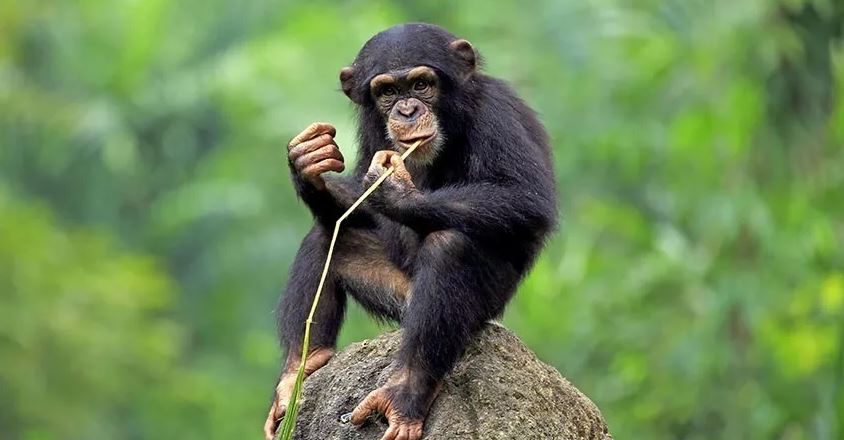Monkeypox, an obscure disease, can cause a lot of harm. The monkeypox virus is a close relative of the smallpox virus and leads to a similar but less severe illness. This virus belongs to the orthopoxvirus group, which is the same as smallpox. While it has an animal name, non-human primates are not the virus’s reservoir. Small rodents, primarily squirrels, in Africa’s rainforests, are the likely suspects. The disease occasionally affects people in Africa and is even less frequent in the form of epidemics. The majority of reported cases are in the Democratic Republic of Congo, with confirmed cases since 2016 also being reported in Sierra Leone, Liberia, the Central African Republic, the Republic of Congo, and Nigeria, where the most significant outbreak has recently occurred.
The discontinuation of vaccination against smallpox in 1980 is believed to be the cause of the recent 20-fold increase in the incidence of monkeypox. People who received an anti-inflammatory vaccine over 25 years before are at a decreased risk of developing the disease. However, with humans increasingly invading the habitats of animals that carry the virus, cases of monkeypox in Africa are increasing.
In 2003, an outbreak of monkeypox occurred in the United States when infected rodents were brought in as pets from Africa, and the virus spread to prairie dogs, which then infected people in the Midwest. While 35 confirmed, 13 probable, and 22 suspected cases were recorded in six states during the outbreak, no deaths occurred.
Monkeypox is thought to spread from animals through contact with biological fluids such as saliva or nasal secretions, or contact with wound exudate. Human-to-human transmission is ineffective, and it is believed that the infection mainly spreads through airborne droplets with prolonged close contact. While the overall rate of re-outbreak of infection after contact with a known source is 3%, the rate can go up to 50% in people living with a monkeypox-infected individual. Hospitals have also documented cases of transmission. In Africa, the death rate ranges from 4 to 22%.
Clinically, monkeypox is similar to smallpox. However, it produces more skin lesions than smallpox, and an increase in lymph nodes is more pronounced. Additionally, secondary bacterial infections of the skin and lungs may also occur.
There is no proven, safe treatment for monkeypox infection, and the treatment is supportive. Antiviral drugs like tekovirimat (approved by the FDA for the treatment of smallpox), cidofovir, or brincidofovir (CMX001) may be used, as they have shown activity against monkeypox in experimental models. However, none of these drugs have been fully tested or used in endemic areas to treat monkeypox.
To prevent monkeypox, people must avoid contact with animals that carry the virus. It is also crucial to maintain good hygiene and to cover any wounds or cuts to avoid contact with the virus. Vaccination against smallpox is also an effective way to reduce the risk of developing monkeypox.

Leave a Reply